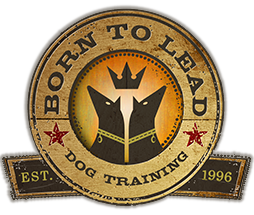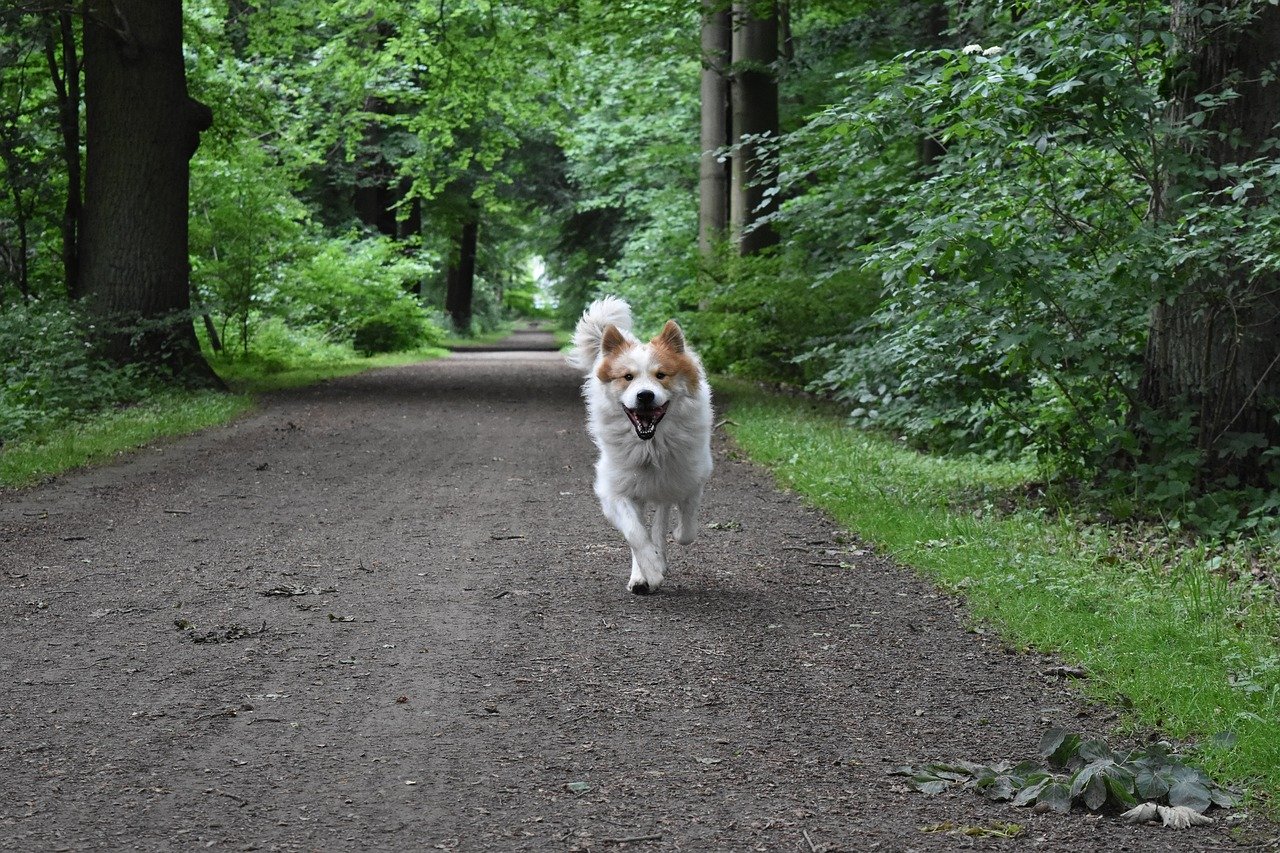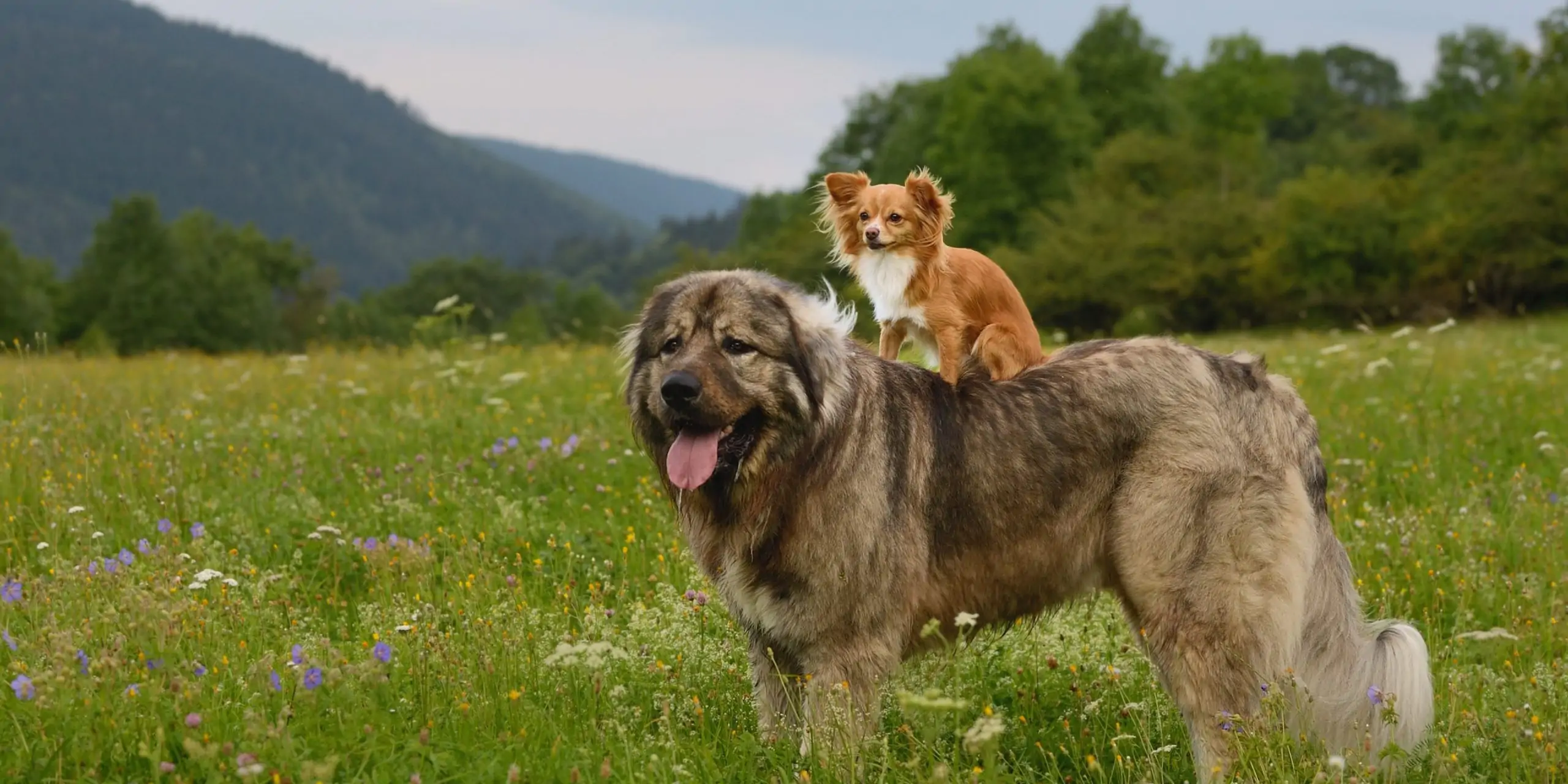The biggest complaint we hear from people is “My dog doesn’t come when he is called.” Teaching your dog to respond to the “Come” command immediately and consistently is important not only for your dog’s safety but also allows you to give your dog more freedom.
The mistake we make: People often inadvertently train their dog to NOT come when called. Dogs are creatures of habit. If you often call your dog to come, having no way of enforcing it, and you repeat the command over and over, your dog has learned that “Come” means “Please come to me when I have nothing better to do.” When your dog finally does come, you are annoyed and angry and he gets yelled at. So now your dog learns that coming to you is not fun and he gets in trouble. We often use the “Come” command when we are going to do something the dog doesn’t like, such as end his playtime, leave for work, clip toenails, go to the vet, or put them in a crate. It is any wonder why our dogs don’t come when we call them?
Making your dog want to come to you: If your dog has been through our basic training program, he knows that “Come” means approach us and directly sit. However, as strange as this may seem, once you are out of his eyesight, he may not understand what you want him to do when you say “Come.” You can enforce and advance his understanding of this command with the following games. Start with a hungry dog and a quiet household. Cut up some especially good treats. Get some friends and family involved. Make these games short (five minutes or less) so your dog won’t get bored. Leave him wanting more!
One-person game: Start with your dog on a leash. Show him the treats, back up a few steps and say “Come.” When he comes, he should sit automatically. If necessary, give him the “Sit” command. Once he is sitting, praise and give him a treat. Repeat this a few times. Now drop the leash and do a few more repetitions. If he is performing well without you holding the leash, start moving further away before saying “Come.” Eventually, run from room to room playing this game. Your dog will learn to come to you when he can’t see you and will begin to look forward to hearing your command “Come!” Once your dog has mastered this game inside, start practicing outside using a long line for safety.
Multi-person game: Play a round Robin game with your dog. Start with two people (both with a handful of treats) on opposite sides of the room. Person #1 calls the dog to come. When the dog comes and sits, the person praises and treats the dog. Then person #2 has a turn. Eventually, the two people move further and further away from one another, running from room to room. Again, your dog will love this game and will learn that “Come” means come to the person who has called him.
Using a long line: Use a 15-foot long leash or rope to work with your dog outside. At first, play the above games with him, and then try the “Come” command when he is distracted. If he doesn’t respond, give a tug and release on the long line and give the command again. If necessary, reel him in. Always praise and reward him for coming, even if you corrected him. Immediately release him with “OK” and let him go back to what he was doing. He will learn that coming when called doesn’t end playtime.
Eventually, we want our dogs to come to us with no food reward, no matter how distracted they are. Teaching them that “Come” means something good will pay off in an emergency situation. When you are training the “Come” command initially, and you need to do something your dog doesn’t like, don’t use the “Come” command, just go get him if possible.
The biggest mistake almost all people make is using their dog’s name to reprimand or scold. Our dogs always hear, “Sumo! NO!” Then when we say, “Sumo, Come!” He won’t come because he associates his name with being reprimanded and punished. This is why we only use a dog's name to praise them, “Good boy Sumo!” or issue an enthusiastic, “Sumo, Come!” with plenty of praise as they are coming to us. Now, their name always represents praise and affection. When reprimanding, simply say, “No” and never yell their name angrily.
If you ever issue a “Come” command, and your dog doesn’t comply, you can’t reprimand him. If you do, the next time you issue the “Come” command, your dog will assume he is in trouble, just like the last time. If you want your dog to perform the “Come” command during distractions, which is when we really need this command to work, please consult one of our trainers to assist you in distraction-proofing your dog’s obedience.






